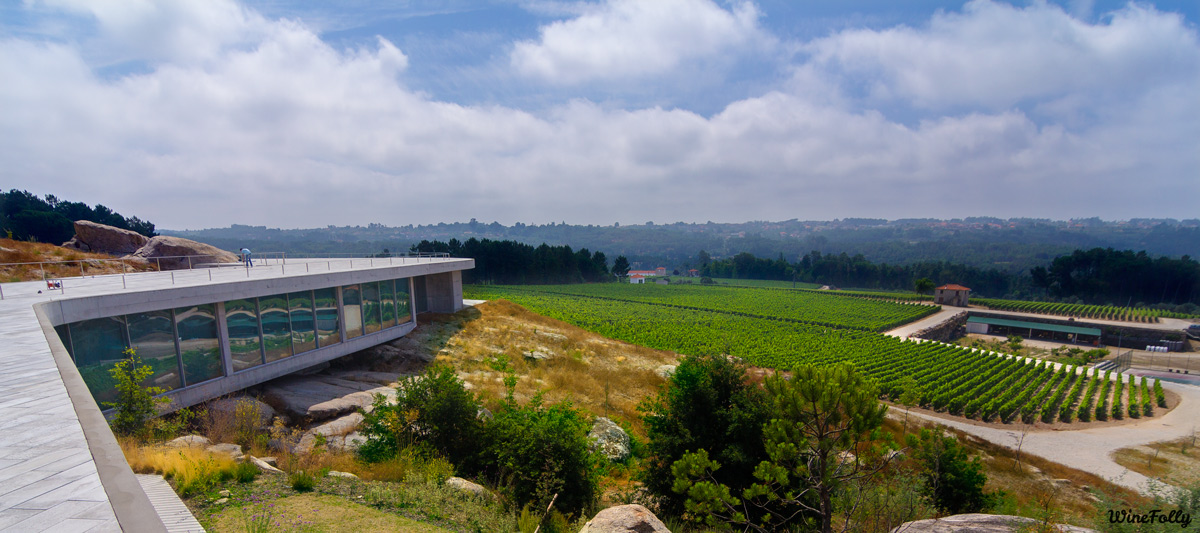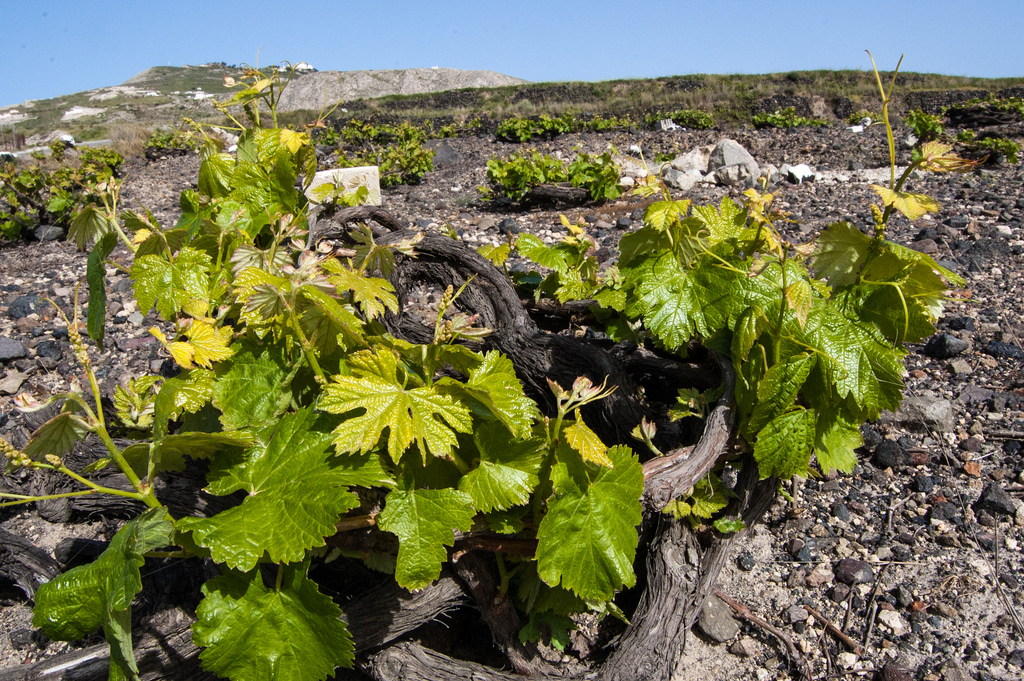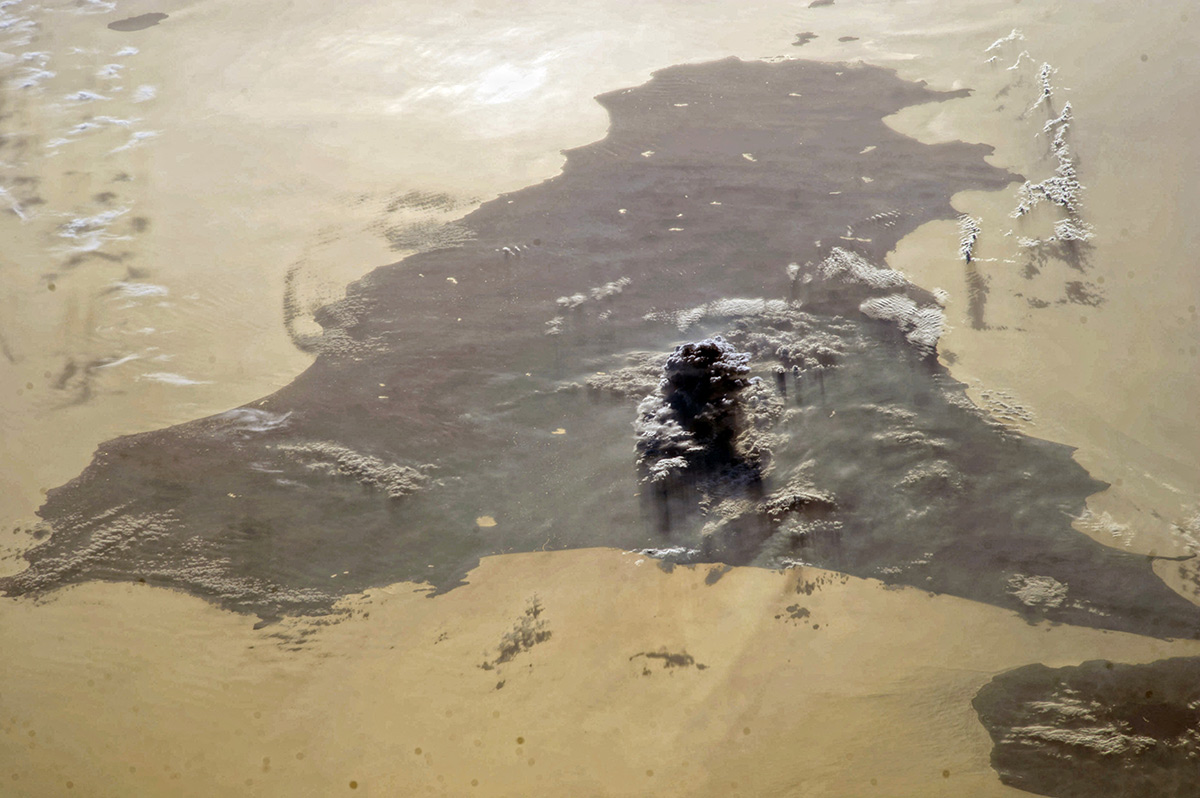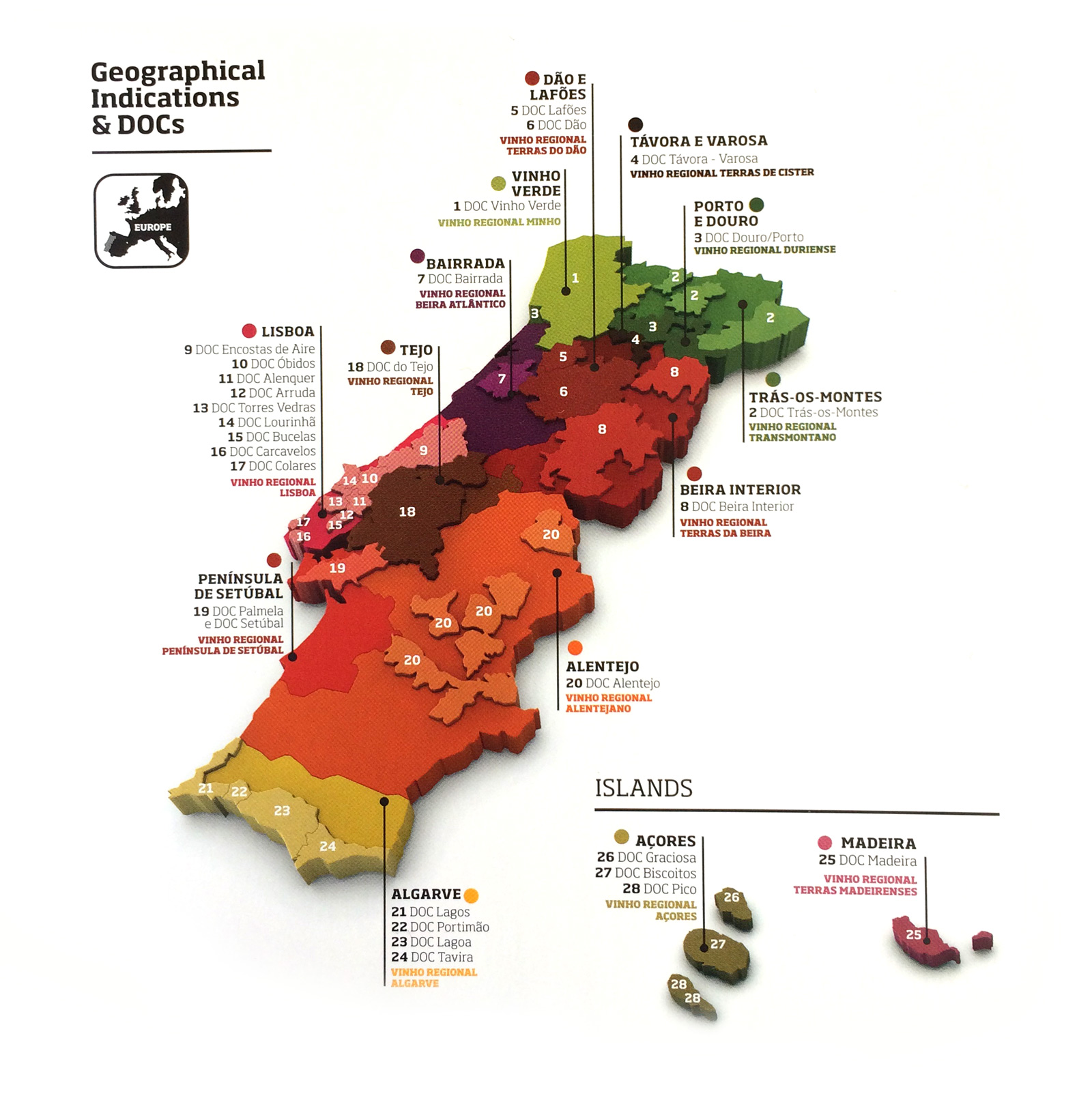Let’s play a game.
If you were an importer on the search for the next amazing wine or region, where would you start looking? Everyone wants in on Burgundy and Tuscany, but we forget there are some terrific regions that are much less represented even if their wines are just as good. It’s time to tread off-the-beaten trail and explore wine regions with raw potential.
A few of these value wine regions use grapes that no one has ever heard of, but don’t let that deter you! Back in the 1950’s, ‘Cabernet Sauvignon’ used to be considered an exotic word.
Here are 5 Regions that show great potential to become classics. Fortunately, for the time being, we can still enjoy these wines for under $15.
Portugal
And now for something completely different…

Deep into the Dão at Quinta de Lemos. by Justin Hammack
Portugal is the most underrated wine region in the world. It has over 250 indigenous grape varieties, 14 varied sub-regions and a 300 year history of outstanding producers. So why are these wines so cheap? There could be a long discussion about why, but instead of getting wrapped up in international politics, let’s just focus on the wine.
Most of the wines in this range are a blend of regional and international grapes. Expect dry red and white blends plus the occasional single varietal wine from Douro, Alentejano, Dao, and Lisboa.
- DOURO Bold dry red wines are produced in the Douro along with Port. In fact, it’s a rapidly growing category. Wines typically are full-bodied with blueberry and violet flavors. These wines are made with the same grapes as in Port including, Touriga Nacional, Tinta Roriz, Touriga Franca.
- ALENTEJO The Alentejo is where you should look for white wines that will send you into the clouds with their haunting aromas. The producers have been known to use a few familiar varieties such as Viognier and Sauvignon Blanc along with the regional grapes including Arinto, Verdehlo and Siria. Imagine sticking your face into a bouquet of honeysuckle blossoms while drinking mouth-puckering limeade.
- LISBOA In Lisboa, you can find great wines made with Portuguese grapes. For instance, Trincadera often smells like hickory barbecue; Touriga Franca makes a savory red with notes of cherry pepper, plum and balsamic; finally, Alicante Bouschet tastes like a classic ‘Aussie Shiraz’ with rich blackberry and bramble flavors.
Languedoc-Roussillon
France’s biggest and least known region

In Maury (a dessert wine AOP) in Languedoc-Roussillon. by Arnaud Daphy
While Bordeaux and Burgundy blow their golden whistles, Languedoc-Roussillon (long-dock roose-elon) is making more wine than both regions put together. Never heard of it? Well, here’s what you ought to know. Several producers are upping the ante and focusing on quality, age-worthy wines. Many of these will knock the socks off other French wines in the $15 category. Here’s what to look for:
- CORBIERES A place to source your mid-week red wines that will make any pizza taste classy. Corbieres blends with several grapes, including Syrah, Grenache and Carignan. Wines from this area taste great with more bottle age, so buy somewhere from the 7-10 year mark if available. Otherwise, grab a decanter.
- FAUGERES This spot within Languedoc is a bit more unique because of the awesome schist soil that’s all over. If you’re familiar with Priorat, you’re going to want to look into Faugeres. The wines are blends with Syrah and the flavor leans more towards the ‘gamey’ side of the spectrum.
- CREMANT DE LIMOUX Cremant de Limoux is here to maintain your sparkling wine habit regardless of your financial status. These wines are made predominantly with Chardonnay grapes and many rival Champagne houses. The wines don’t typically have the biscuit/almond notes of a high-end vintage Champagne, but they have everything else you need to have a good time.
Greece
Summer white wines with tingling freshness

There is nothing more joyful than ice cold zippy white wine in the summer. For this, you might enjoy some lightning-bolts-in-your-mouth Greek wine. Greece is still recovering from the market crash in 2008 and this means many of these wines are hand-crafted on a level that will make you feel guilty for spending less than $20. Don’t stress though, the prices for their most famous white wine, Assyrtiko, are improving because a few stalwart producers are determined to keep the ancient winemaking country on the map.
- ASSYRTIKO On the island of Santorini you can find grape vines wrapped painstakingly into wreath shapes on the ground. This style of weaving the vines protects the grapes from the intense sun. The resulting wines of Assyrtiko are suprisingly high acidity with flavors of lemon, spring flowers and petrol.
- MOSCHOFILERO Moschofilero makes very floral and delicate wines, perfect for delicate flavors, foods and fish. Look for wines coming from Peloponnese.
Spain
Bold and dusty red wines from Murcia

Old vine Monastrell just chillin’. by Beth Fontaine
While Napa keenly speaks of its ‘Rutherford Dust’, Murcia quietly produces ‘dusty’ deep red wines that cost quite a bit less. Many of these affordable wines are manufactured, not crafted in the same way, but this is what you should expect if you’re spending less than 15 bones. Murcia contains the regions of Yecla, Jumilla, Alicante and lesser-known Bullas, so seek out these words on a wine label.
- MONASTRELL Spain’s champion red variety from these area is Monastrell (a.k.a. Mourvédre) which is one of the most underrated bold red wines out there. Bring on the purple teeth.
Sicily
The complexity of Cabernet in local Nero d’Avola

The entire island of Sicily with clouds of eruption smoke over Mount Etna. source
Sicily may be more prolific with their production of Marsala, but the still red and white wines are what’s really worth trying.
- NERO D’AVOLA Nero d’Avola (meaning ‘Black of Avola’) is the most planted red grape in Sicily. The wines of Nero d’Avola are rich and dark and have a similar taste profile to Cabernet Sauvignon. It’s no wonder that other regions around Italy used to blend Nero d’Avola to improve their wines.
- GRILLO & CATARATTO Grillo and Cataratto are both white grapes traditionally used in Marsala but a few producers are making great still white wines. You should expect a more medium-bodied flavor, similar to Chardonnay, with lemon and apple and faint notes of orange.
- NERELLO MASCALESE Nerello Mascalese grows on Mount Etna, the volcano of Sicily. Wines made from this red grape are lighter and have more acidity than Nero d’Avola. Expect flavors more towards the red-fruit spectrum with rugged earthiness from the volcanic terroir. This grape is actually related to Sangiovese and a grape we’ve mentioned before: Gaglioppo.
